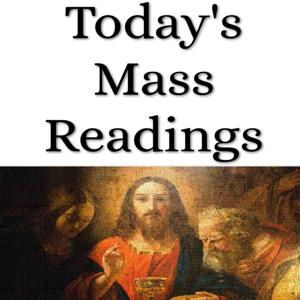
Sign up to save your podcasts
Or



By USCCB





4.7
176176 ratings



The podcast currently has 2,090 episodes available.










The podcast currently has 2,090 episodes available.

3,812 Listeners

871 Listeners

7,699 Listeners

2,155 Listeners

2,647 Listeners

850 Listeners

527 Listeners

446 Listeners

175 Listeners

239 Listeners

872 Listeners

1,167 Listeners

105 Listeners

684 Listeners

11,343 Listeners